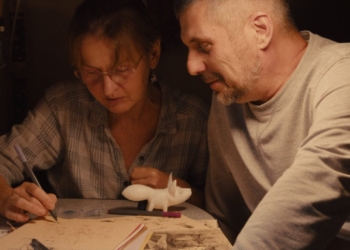In 1926, mystery novelist Agatha Christie infamously disappeared for eleven days. In the historical fiction novel The Mystery of Mrs. Christie, an instant New York Times bestseller newly out in paperback this month, author Marie Benedict recreates what might have happened when a woman with a flair for writing detective novels becomes the main character in her own missing persons case.

Benedict fictionalizes what might have taken place leading up to and through Christie’s disappearance, centering on the imagined contents of a real-life letter delivered to Christie’s husband, which both reveals and conceals more than he ever imagined. Archibald Christie never revealed the contents of the letter, and Agatha Christie never discussed the details of her disappearance publicly – not once.
At the time, Christie had already earned renown for her clever mystery and detective novels, including what would become her most famous character, Hercule Poirot, who appeared in more than 30 of her novels, including the modern classic The Murder on the Orient Express.
The real-life, fascinating details involved with the Agatha Christie case are ripe for fiction and gripped international audiences even at the time – an estimated 15,000 people joined the search for Christie after her car was found near a local pond with a reputation for being bottomless. Her disappearance made the front page of the New York Times. When she turned up at a health spa at the end of the frantic eleven-day search, her husband claimed it was the result of amnesia. In Benedict’s tale, however, the motives are a bit more fraught.
It’s a clever retelling, made stilted at times by the formality of the old-fashioned dialogue, but the novel delivers on its exciting true-life premise. Benedict is a master of historical fiction, and this book feels like both a plausible explanation for the never-told story of Christie’s disappearance, and a Gone Girl-esque thriller by its final act.







































